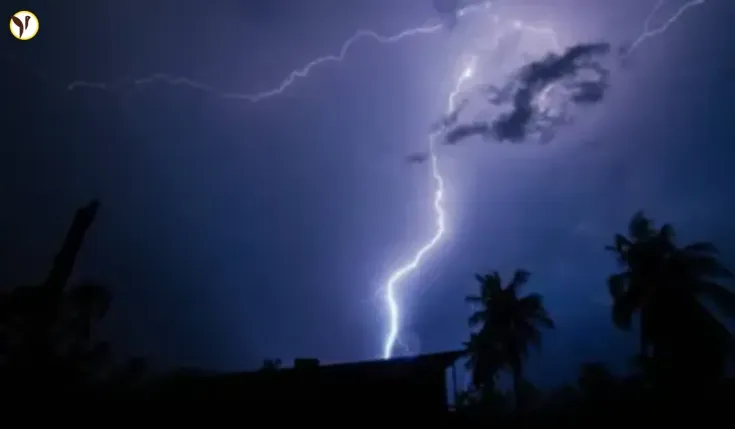Severe Thunderstorm Warning: Immediate Action Needed
Severe thunderstorms recently ravaged Central New York and Pennsylvania, causing widespread damage, power outages, and downed trees. These events underscore the critical importance of understanding and responding to severe thunderstorm warnings. This article will guide you on what to do during and after a warning, emphasizing safety precautions based on real-world examples.
What to Do During a Severe Thunderstorm Warning
A severe thunderstorm warning, issued by the National Weather Service (NWS), signifies imminent danger. Recent events in Central NY, including a tornado warning issued by NWS Binghamton, highlight the urgency of seeking immediate shelter. If a warning is issued for your area, immediately move to a basement or the lowest level of a sturdy building. Avoid windows at all costs. If you are outdoors, in a mobile home, or a vehicle, find the nearest substantial shelter to protect yourself from flying debris. Even outside the warned areas, expect heavy rain and strong winds, as evidenced by the over 1,200 NYSEG customers in Tompkins County alone who experienced power outages due to tree damage.
Real-World Impacts & Response
| Location | Impact | Response |
|---|---|---|
| Central NY | Tornado warning, widespread power outages, significant tree damage to homes and outbuildings. | Seek immediate shelter; avoid windows. |
| Pennsylvania (Blair County) | High winds (50-65 mph), downed trees, power outages, toppled cell phone tower. | Stay indoors; avoid driving unless absolutely necessary. |
Safety Precautions: Beyond the Warning
Remember, severe storms often come in waves. Even after a warning expires, stay alert. Take these precautions:
- Unplug electronics to prevent damage from power surges.
- Use flashlights, not candles, for illumination.
- Avoid plumbing during a lightning storm.
- Secure loose outdoor items.
- Stay informed via local news and weather alerts.
Severe thunderstorms are dangerous, but by following these safety guidelines and staying informed, you can significantly minimize risk. Always heed the instructions of local emergency services.
Conclusion
Severe thunderstorm warnings are not to be taken lightly. The recent widespread damage in Central NY and Pennsylvania serves as a stark reminder of their potential impact. By taking immediate action during a warning and remaining vigilant afterward, you can protect yourself and your property. Stay informed, stay safe.






